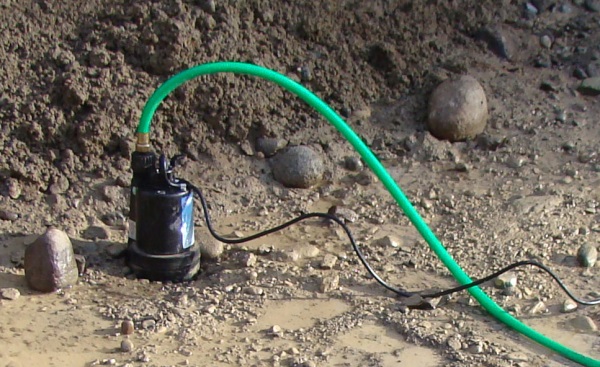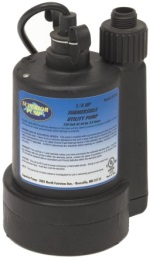Home Site Map - Steps - Foundations -
Prepare Site - Stabilization
![]() Get the drainage right and generally make sure the site is stable.
Get the drainage right and generally make sure the site is stable.
My ground type
In my case the subsoil a few feet down is what's called "Light gray Tokul". It is deposited by several glaciers and is sometimes referred to as "glacier till". This is very solid ground that some people liken to concrete. It forms a great base to build a house on. With the completed excavation, the entire flat area is down to this Light Gray Tokul.
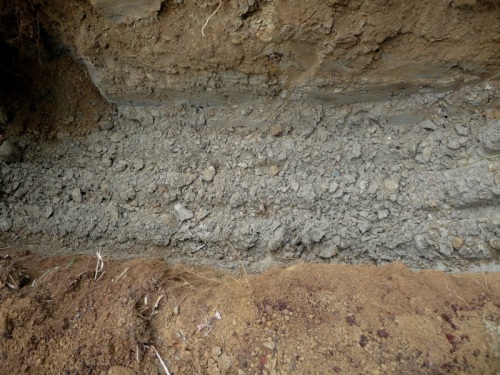
Stabilize the soil
You need to avoid the soil being washed away when it rains or being blown away in high winds. This is done by spreading mulch from your mulch stockpile over the soil or plastic sheeting soon after it is excavated. Also scatter grass seed all over. Transparent plastic over the grass seed helps it get started more quickly and in colder weather. Once the grass starts growing you can gradually remove the mulch and/or plastic sheeting.
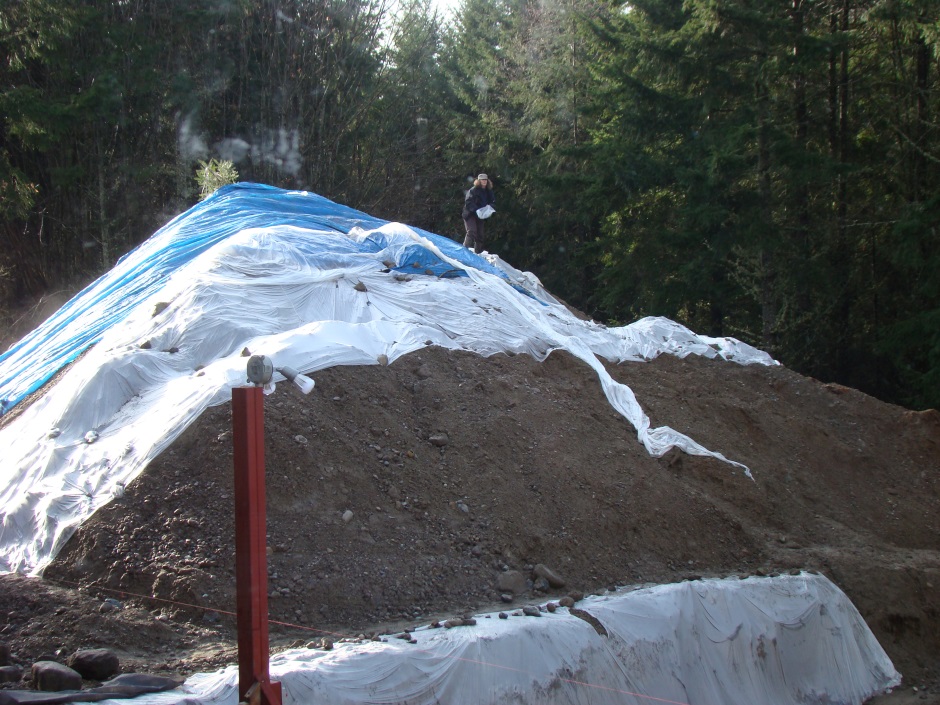
Implement French drain along edge of site
Important to keep building site dry
It is a real pain if water runs through your house building site when it rains. It can cause foundation trenches to cave-in, and sand and gravel to be washed away. If your building site is sloped then ideally before digging the footings or at least straight away after you need to implement a drainage channel along the uphill border of the site to catch surface rainwater before it runs down the slope. See details here .
You may also get water running out of the slope itself. Water often flows in the different layers in the ground and you will be cutting through the layers. It may well be necessary to implement a temporary drain ditch at the bottom of the cut slope if you find you have a water problem (luckily I didn't).
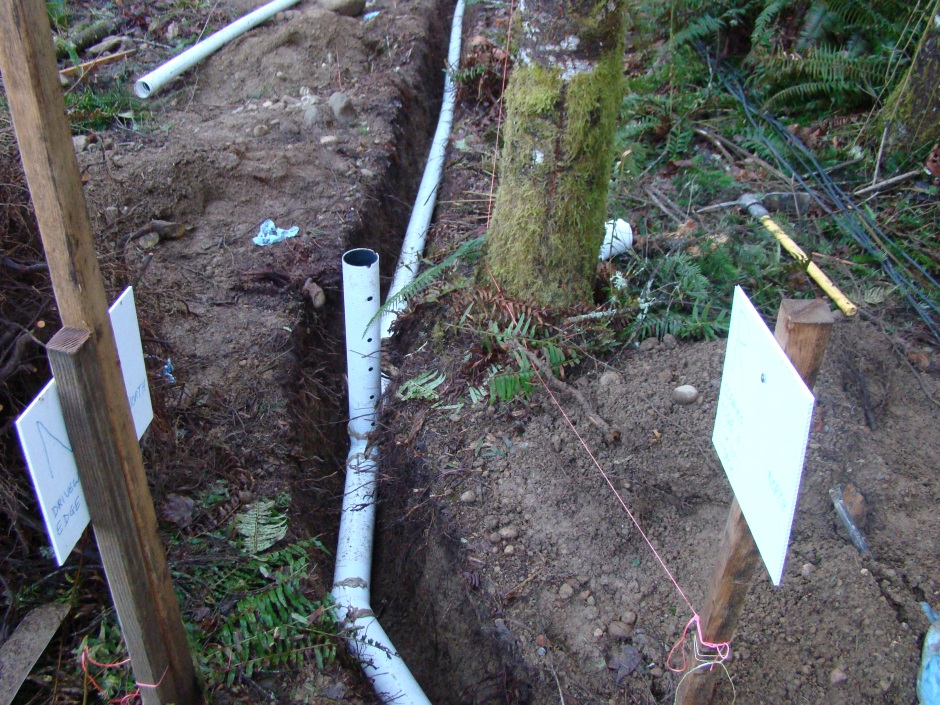
Keep excavation dry
The excavated area is a huge flat area with very solid soil, so it is going to collect rain water. You can place a sump style water pump in a convenient place, connected to a hose pipe, and run it after heavy rain falls.
